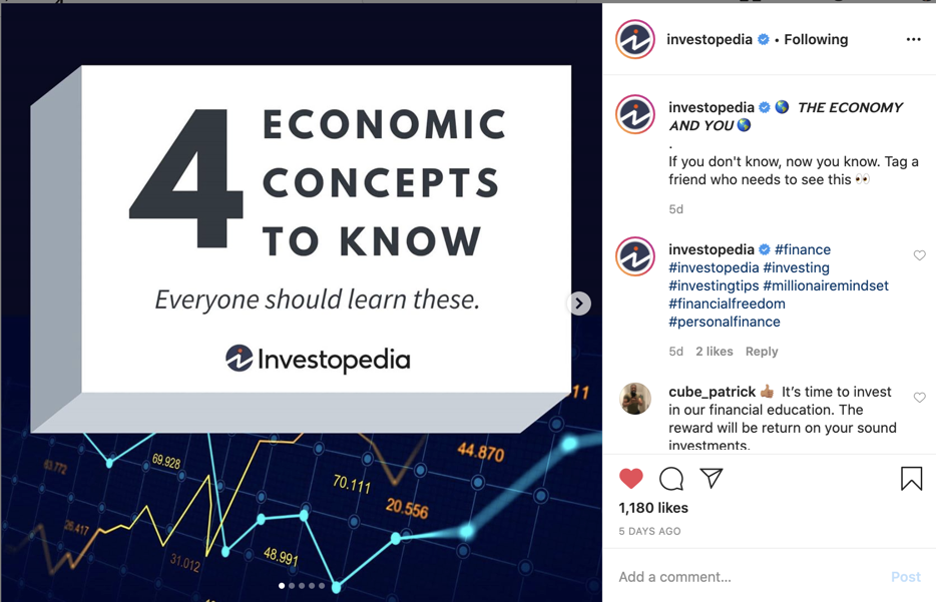
Content Filtering: A Marketing Hack for Noisy, Complicated Times
May 13, 2020
We’ve been talking a lot about how content marketing in a crisis is all about solving people’s problems.
However, one problem that everyone has right now is content overload.
Particularly in the financial space, people are inundated with news and commentary about money, markets and the economy on an hourly basis. Making sense of that deluge, and trying to understand what it all means for their personal finances, is no easy task.
This means that financial content marketing not only has to break through the noise; it should refrain from adding to it in an unhelpful way. Attention spans are short and tolerance for mediocre content is low (more so than usual, if that’s even possible).
So, here’s a tip:
You can actually help solve your audience’s content overload problem . . . with content. Use your brand’s content marketing to help people figure out where to look, what’s important and why they should care.
We call this strategy content filtering. And here are three ways to do it:
Distill
Considering our now-daily use of the word ‘unprecedented,’ there is something for everyone to learn about money and the economy right now. Put yourself in your customers’ shoes—what complex question or concept could you simplify by breaking it down into smaller pieces, adding visuals, or otherwise making it easier to understand?
Here are a few examples:
- Maybe Modern Monetary Theory Is an Answer to the COVID-19 Economic Crisis (Make Me Smart podcast)
- 6 Things the Federal Reserve Can Still do to Fight Recession (Vox)
- Confidence in the Economy (Simple)
Want more inspiration? Investopedia’s Instagram feed is a master class in distilling complex topics.
Curate
People struggle to keep up with the news even when there’s not a global economic crisis afoot. Increasingly, they’re looking to trusted newsletters to curate the important stories of the day.
For inspiration, here are a few examples that cover finance, business and the economy:
- Finimize
- MorningBrew
- The Hustle
- Robinhood Snacks
- 5 Things for Financial Marketers (Full disclosure: this is the SuperScript newsletter.)
As a bonus, this strategy allows you to tap into the power of email marketing without the disingenuous, unsubscribe-inducing “we’re here for you in this trying time” messages.
Contextualize
It’s nearly impossible to talk about personal finances right now without mentioning what’s happening in the broader economy, even for B2B brands that typically steer clear of economic topics. One easy way to make sense of the big picture is to proactively answer the audience question, “What does it mean for me?”
Here are some recent examples:
- How the Unemployment Rate Affects Everybody (Investopedia)
- What Bank Failure Means (and Why You Shouldn’t Worry) (SmartAsset)
- Video: The Market Is Volatile, What Should I Be Doing? (Betterment)
We love how Finimize adds a “Why should I care?” section to the end of every bite-sized story:

Don’t add to the noise; filter it
There’s an opportunity for financial marketers to rise above the noise and be of genuine service to the audiences they wish to connect with. Use your content marketing to filter the tidal wave of information coming at them right now, and they’ll repay you with a very limited and precious resource—their attention.
